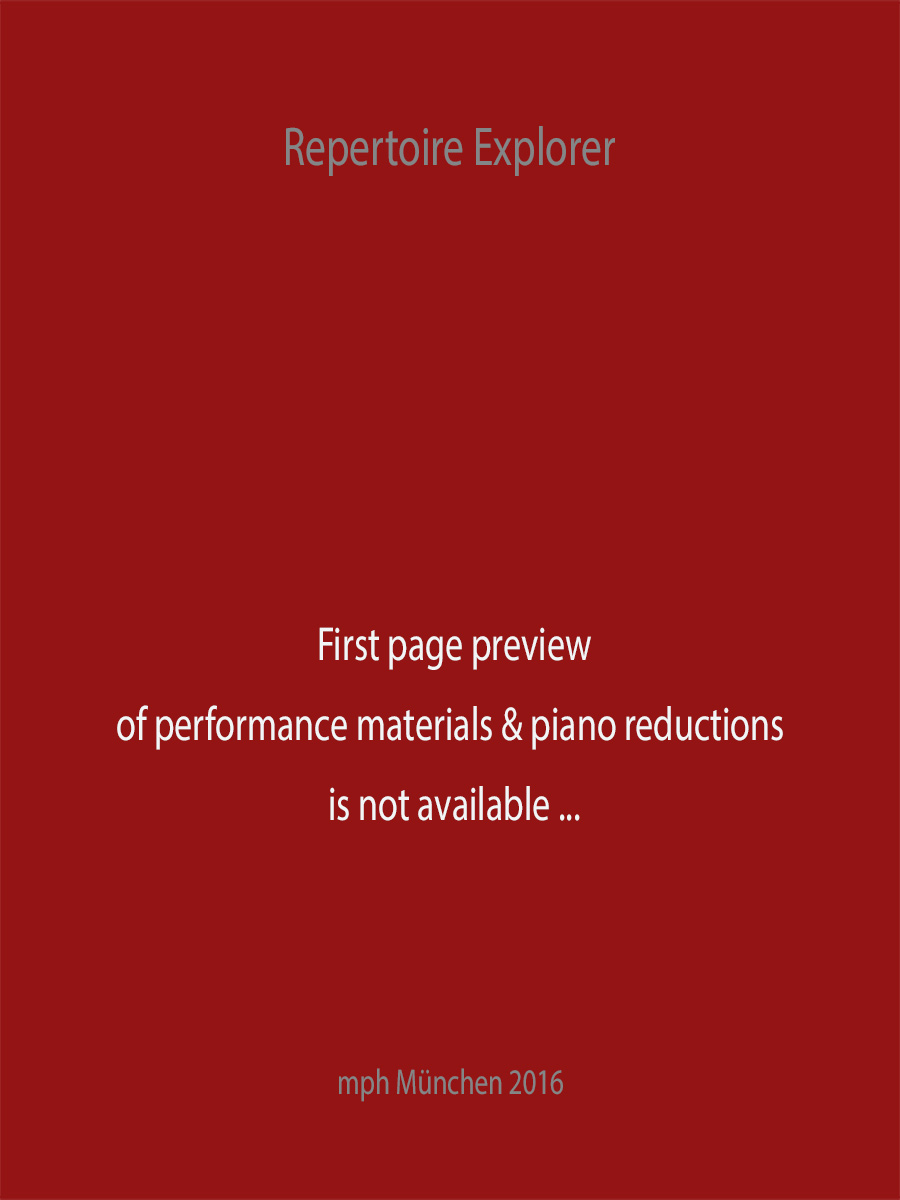String Quartet No. 2 Op. 31(parts)
Suk, Josef
22,00 €
Josef Suk
String Quartet N° 2, op. 31 (1910/11)
(b. Křečovice, 4 January 1874 — d. Benešov, 29 May 1935)
As a composer, violinist, and teacher, Josef Suk was one of the most important Czech musicians of the early 20th Century. His renown began from his earliest days as a student, and later son-in-law, of Antonín Dvořák, and his achievements eventually garnered him state awards under both Austria-Hungary and Czechoslovakia, an honorary doctorate, and even a heated debate between opposing factions (the so-called ‘Suk Affair’) in early 1919. Nevertheless, his compositional output rests primarily on a small handful of works – albeit monumental ones – that traverse the period 1905–29, from Asrael to Epilog. The String Quartet N° 2, despite being the least known and recorded, is one of these pivotal compositions: it reflects the fin-de-siècle generation and its new interest in chamber music and formal complexity, as well as his own highly individual artistic voice within the first wave of modernism.
In the years before the First World War, chamber music for strings had come back into vogue in Central Europe as a vehicle for heightened compositional expression. While the rise of chamber music societies and the works of Brahms and Dvořák may have instigated this phenomenon, it was the younger generation of Alexander
Zemlinsky, Arnold Schönberg, Alban Berg, Béla Bartók, Vítězslav Novák, and Josef Suk that turned to the string quartet as a laboratory for new expressive and formal effects. Indeed, for a short while around 1904–14, when Schönberg composed his first two quartets, Berg his op. 3, Bartók his op. 7, and Zemlinsky, Novák, and Suk
each wrote their second quartets, it would seem that Austro-Hungarian composers shared a relatively unified expressive attitude toward the genre. Each of these works reveals a penchant for hyper-concentrated lyricism (ranging from the most intimate and tender moods to a primal agony), using the full dynamic range, wide intervallic leaps, complex polyrhythms, the full array of articulations in combination or quick succession, and an intricate interaction of parts that all but oversteps the limitations of such a small ensemble. To describe the voices of the quartet as those of souls in conflict would not be beyond the psychologically driven, expressionist aesthetic of the age.
While the Czech composers of this generation have often been discussed in terms of their nationalistic endeavours (e.g., the interest of Leoš Janáček and Novák in regional folklore), the modernist, cosmopolitan sensibilities of these artists was just as prominent a factor in the creation of new work. In fact, the young Prague musicians that emerged as artistic leaders in the early 20th Century often strove to distance themselves from the sentimental folklorism of their 19th Century forebears.
Read more / Mehr lesen > HERE
| Partitur Nr. | 1052b |
|---|---|
| Edition | Repertoire Explorer |
| Genre | Kammermusik |
| Printing | Reprint |
| Specifics | Set of Parts |
| Size | 225 x 320 mm |
